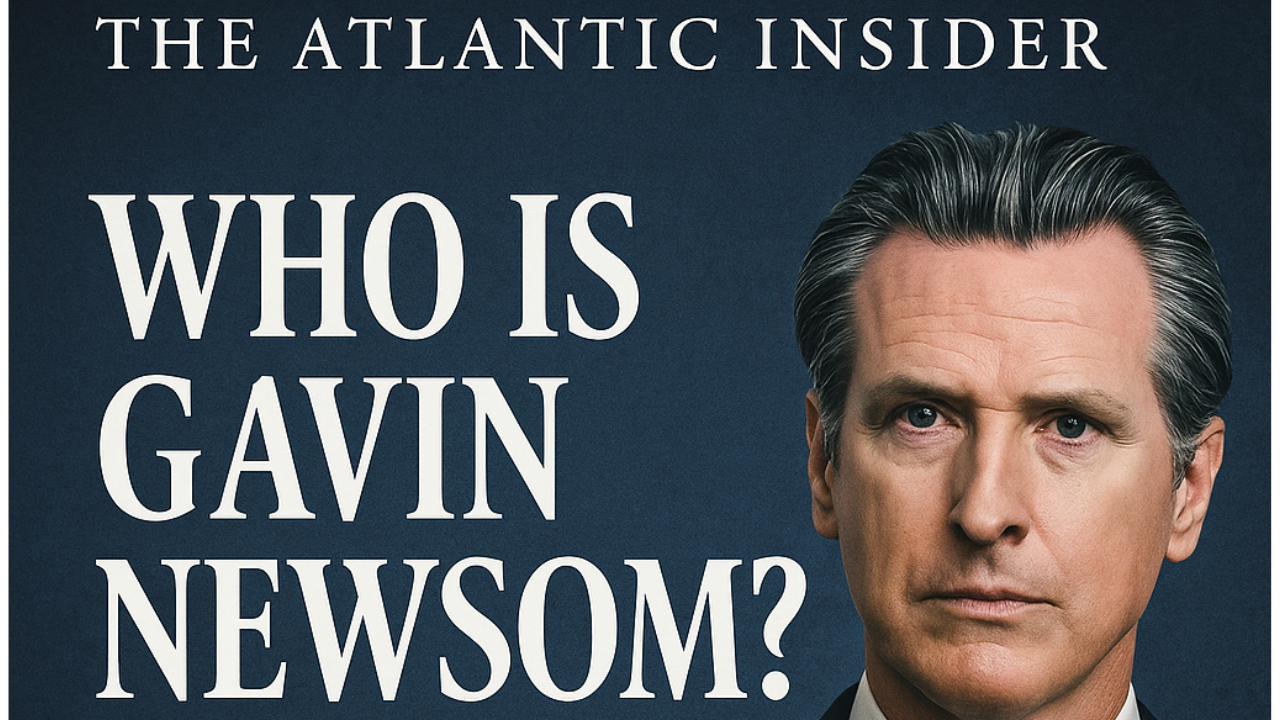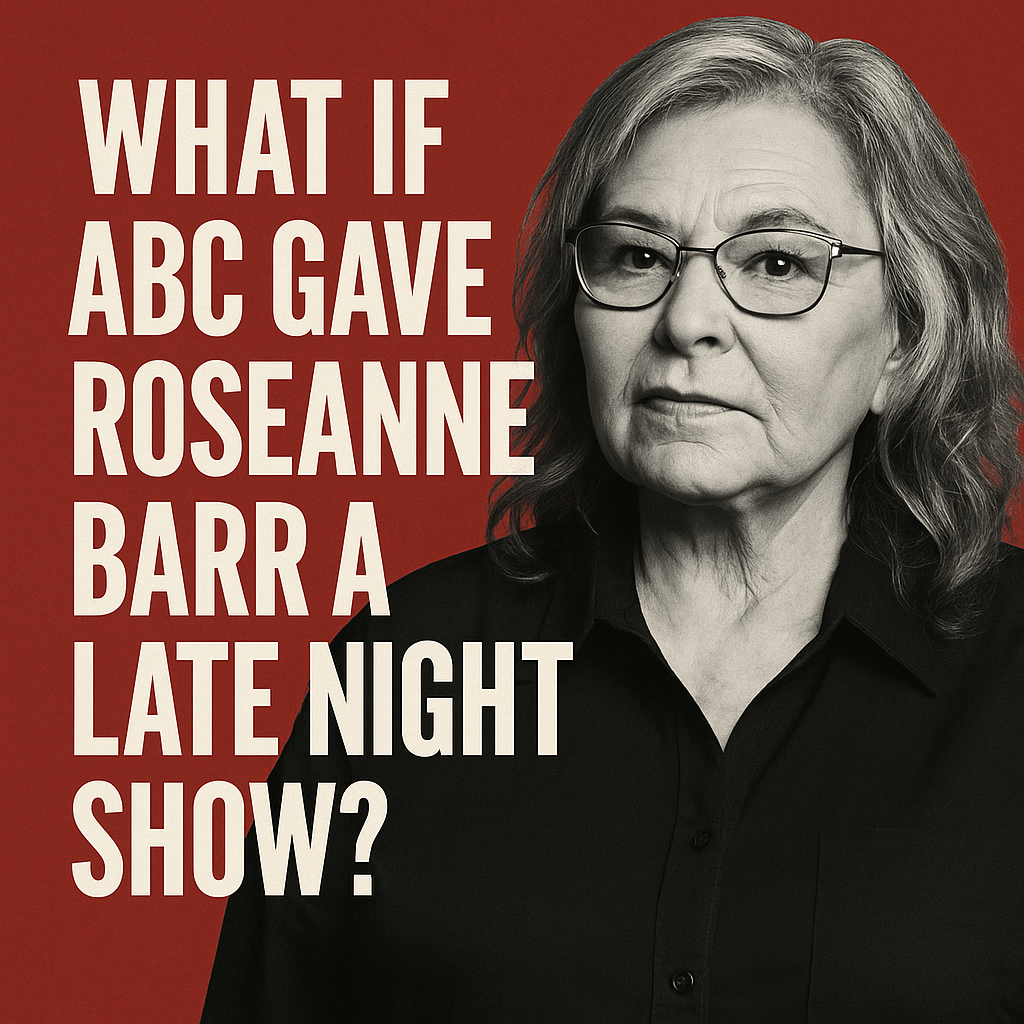It ends with a question: Who is Gavin Newsom?
Patrick Bet-David dropped it at the end of a monologue like a quiet accusation. No hype. No punchline. Just the weight of five words that landed harder than anything shouted all week on cable news.
And the reason it stuck? Because it hit something real. Something we’ve all been circling without quite saying: that Gavin Newsom, governor of the largest state in America, is one of the most talked-about political figures in the country—and somehow, still a mystery.
The Image and the Man
Gavin Newsom looks like he was grown in a Napa Valley lab. Perfect teeth, flawless hair, sharp suits. He’s the image of a politician before you know anything else. And for a long time, that was the story—he was the guy who showed up well, said the right things, and let California’s size do the rest.
But something changed.
In the Trump era, Democrats had to decide: do we go high, or do we hit back? Newsom started hitting back. Hard. And now, he’s not just governing California—he’s becoming a national voice. He trolls Fox News. He posts memes. He debates Ron DeSantis. He’s not running for president (yet), but his behavior says otherwise.
Trump Without the Hat?
Here’s the uncomfortable question: is Gavin Newsom just the Democratic version of Trump?
Not in ideology—but in approach.
Newsom punches. He claps back. He provokes. He knows how to go viral. And he’s more than willing to use that attention to shape the narrative. It works. But it also comes at a cost.
There’s a difference between leadership and performance. And the modern political game—especially online—rewards the latter. Newsom’s rising profile has everything to do with tone. He’s fighting with the same tools the right perfected: confrontation, media-savviness, and personality-driven politics.
Some Democrats cheer this. They see it as overdue—finally, someone who doesn’t roll over. Others worry it means conceding the moral high ground. And they’re not wrong to ask: if you fight Trumpism by imitating its playbook, what exactly are you preserving?
The California Factor
You can’t talk about Newsom without talking about California.
It’s a contradiction: tech capital of the world, and also home to staggering inequality. The state leads in innovation and climate action, but it’s also where middle-class families can’t afford rent and homelessness has become a humanitarian crisis.
Newsom's defenders will say the challenges are complex and generational. His critics—especially on the right—point to the exodus of residents and the breakdown of public services as signs of failure.
The truth? It’s both.
California is a complicated state, and Newsom inherited a lot. But he also owns his choices. The pandemic exposed how uneven enforcement and elite exceptions can erode public trust. That French Laundry dinner wasn’t just a bad photo op—it became a symbol of the distance between political power and lived experience.
A Different Kind of Ambition
Make no mistake: Gavin Newsom is running for something. Whether it’s 2028 or sooner, his national moves aren’t just coincidence. You don’t throw punches at national Republicans unless you want national attention.
And he’s getting it.
But where is it taking him? He hasn’t offered a transformative policy idea that defines him on the national stage. What he’s offered instead is presence—he’s there, he’s visible, he’s sharp, and he’s never far from the conversation.
It’s a campaign of mood, not message.
The Question That Won’t Go Away
So back to that question: Who is Gavin Newsom?
He’s a governor, a brand, a rising voice. He’s articulate, ambitious, and knows how to handle a camera. He believes in liberal values but is willing to play political hardball.
That may make him effective.Or it may make him a mirror of everything people already distrust about politics.
One thing is certain: he isn’t going away. And as the country heads into a new phase of political realignment, with old institutions faltering and new voices emerging, Gavin Newsom is right there in the thick of it—messaging, maneuvering, and marketing a version of the future he thinks Democrats need.
The voters will decide if it’s the version they want.





%20(1080%20x%201920%20px)%20(600%20x%20300%20px).png)


